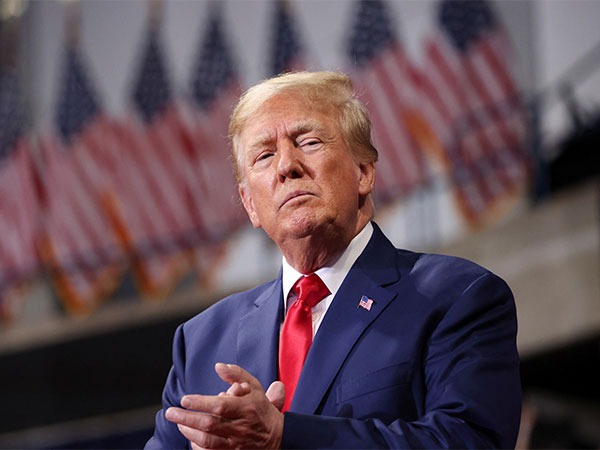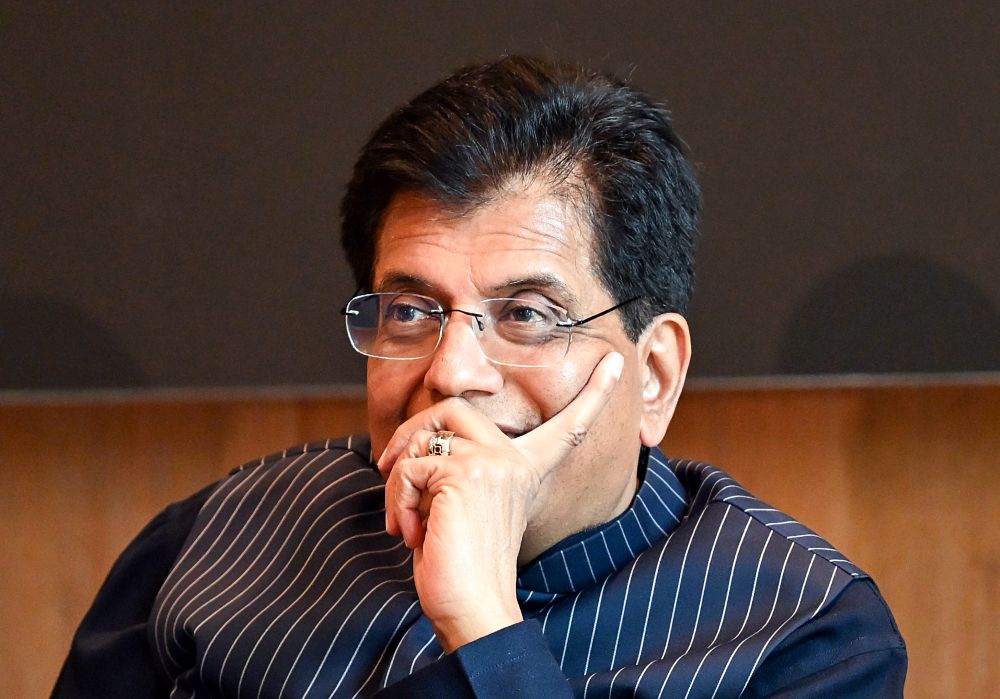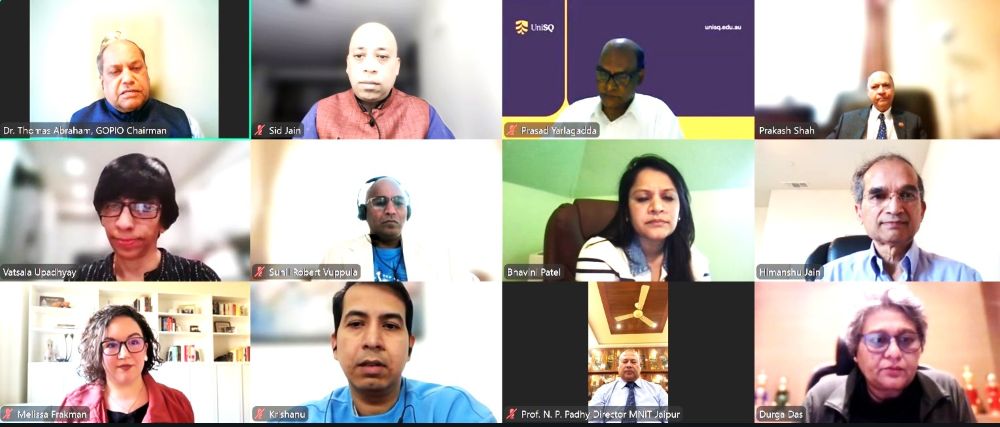A report highlights the need for the government to increase its focus on farmers, the rural population, urban poor, and middle class
Our Bureau
New Delhi
The Modi 3.0 government is getting all ready to reveal its economic blueprint to the nation –and the world at large. This will be the Modi government’s first budget after it assumed office for the third successive term. The budget is anticipated to be tabled in Parliament in the third week of July.
Earlier, on February 1, Finance Minister Nirmala Sitharaman presented the interim budget for 2024-2025 in Parliament due to the election year.
The Interim Budget is presented by a government that is either in a transition period or in its last year in office ahead of general elections. The purpose of the interim budget is to ensure the continuity of government expenditure and essential services until the new government can present a full-fledged budget after taking office.
Now, as part of pre-budget consultations, Finance Minister Nirmala Sitharaman is scheduled to meet representatives from industry associations on June 20. The meeting will see industry associations such as the Federation of Indian Chambers of Commerce & Industry (FICCI), Confederation of Indian Industry (CII), Associated Chambers of Commerce and Industry of India (Assocham), and PHD Chamber of Commerce and Industry presenting their budget suggestions and recommendations.
This meeting is part of the government’s annual pre-budget consultations aimed at garnering feedback and suggestions from key stakeholders to shape the upcoming Union Budget.
The discussions are expected to cover a broad range of topics, including tax reforms, incentives for various industries, measures to boost economic growth, and policies to support small and medium enterprises (SMEs).
Nirmala Sitharaman, who has been a Union Minister in both the 2014 and 2019 Modi cabinets, took oath as Union Cabinet Minister in Prime Minister Narendra Modi’s new Union Council of Ministers on Sunday evening in the forecourt of Rashtrapati Bhavan, along with another 70 Council of Ministers.
Nirmala Sitharaman has already directed officials to initiate the budget preparation process, emphasizing the need for meticulous planning and comprehensive analysis. This early start aims to ensure a well-structured budget that effectively addresses the country’s economic priorities and challenges. The collaborative efforts of the ministry’s team are expected to contribute to a robust and strategic financial plan for the upcoming fiscal year.
In the February interim budget, the government focused on economic policies that foster growth, facilitate inclusive development, improve productivity, and create opportunities for various sections, while noting that it will pay utmost attention to the eastern region, including the states of Bihar, Jharkhand, Chhattisgarh, Odisha, and West Bengal, to make them growth engines as part of the goal to make India a developed country by 2047.
Meanwhile, a report “India Strategy” by Prabhudas Lilladher, a stock broking company, highlights that India’s economy is on a positive trajectory with a focus on infrastructure development driving growth. The report noted that after the successful contest in the election and the formation of NDA government at the center, the government will continue its capital expenditure.
The report highlighted that the government will maintain a focus on capex-led growth around PLI, roads, ports, aviation, defense, railways, and green energy, given a 20bps lower fiscal deficit in FY24, normal monsoons, and a Rs 2.1 trillion dividend from RBI.
The fiscal deficit for FY24 stands at 5.6 per cent, providing room for the government to push for growth and populism. The RBI’s dividend of Rs 2.1 trillion has further increased the fiscal space, enabling investments in key sectors like green energy, EV, and rural development.
However, the report also highlighted the need for the government to increase its focus on farmers, the rural population, urban poor, and middle class to mitigate the impact of new social engineering cum freebies-led reversals in certain states in recent elections.
In the stock market, the report shared a positive outlook on sectors including Auto, Banks, Capital Goods, Defense, Hospitals, Pharma, cement, Aviation, and Discretionary consumption and also increased weights behind Capital Goods, Telecom and Cement.
The latest quarterly results showed strong performance in sectors like auto, oil and gas, metals, capital goods, and pharma. While some sectors like consumer, IT, and oil and gas reported tepid numbers, there is optimism around the growth potential in auto, capital goods, and pharmaceuticals. Mid and small-cap stocks have outperformed, reflecting market confidence in the economy.


























